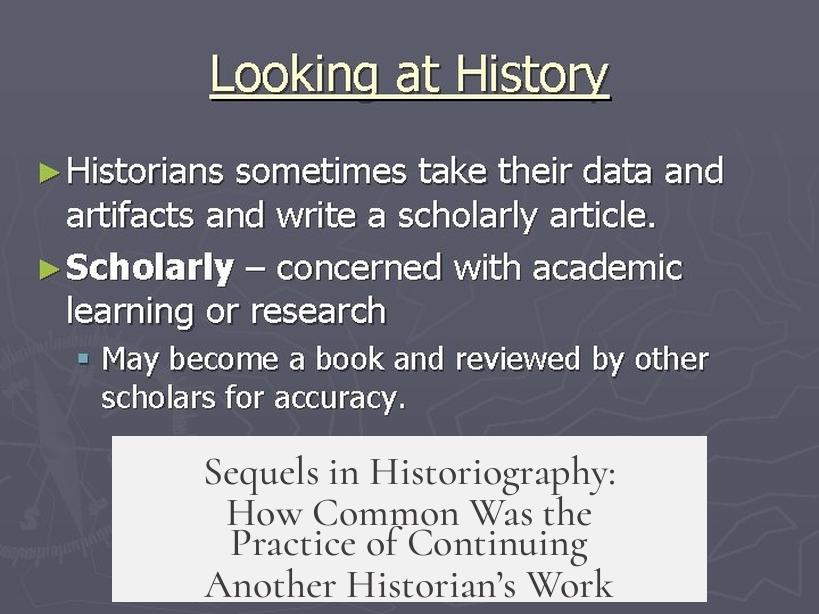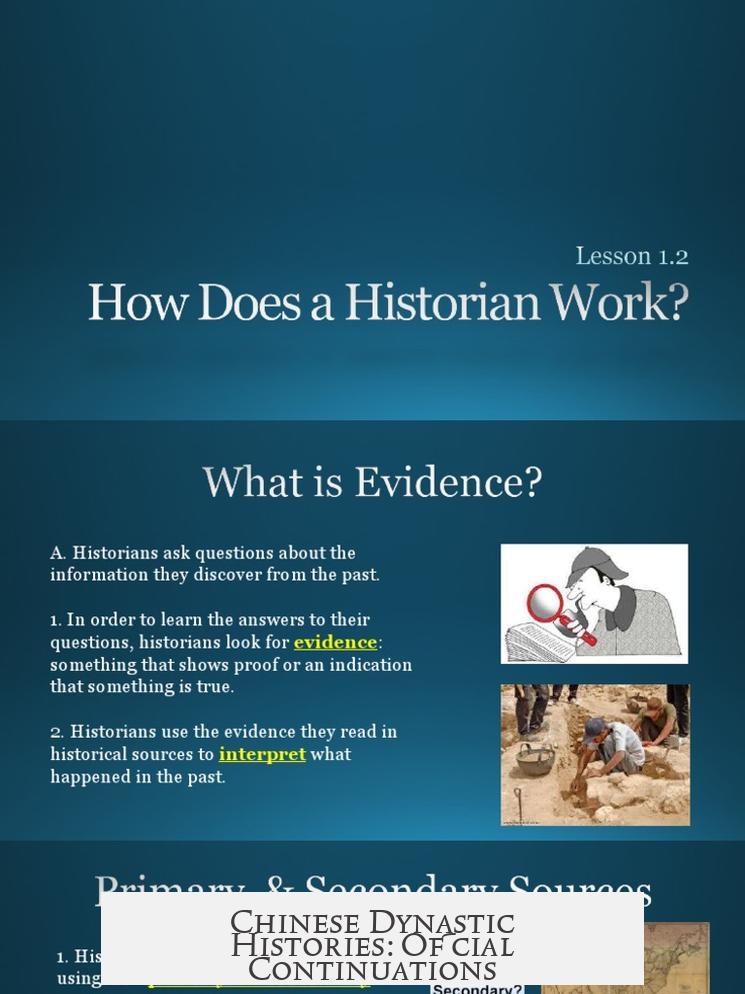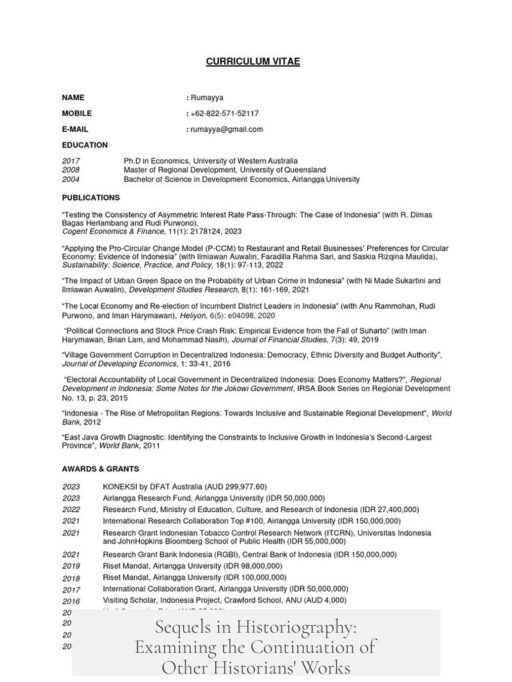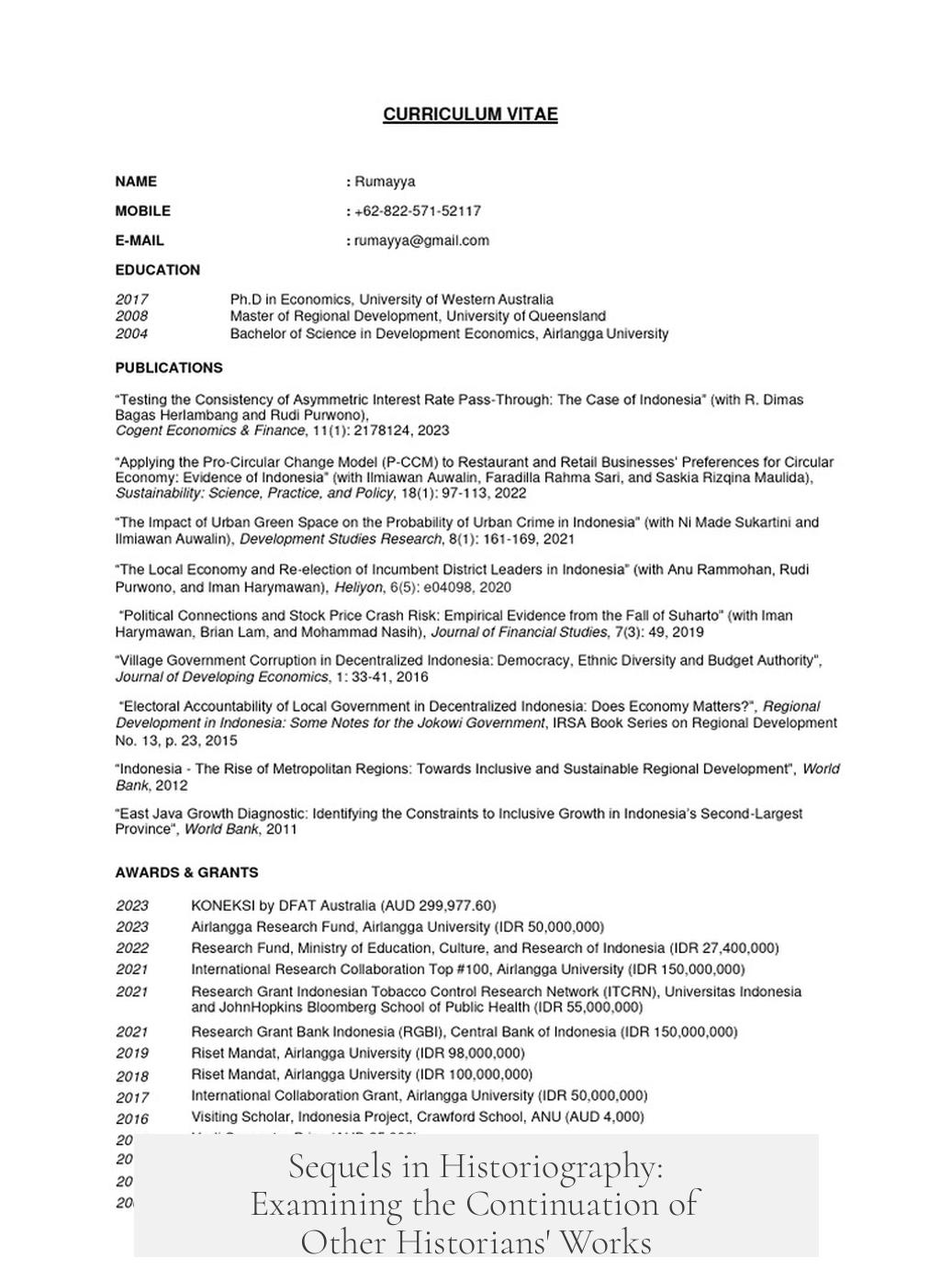Xenophon’s Hellenica as a direct continuation of Thucydides’ unfinished History of the Peloponnesian War represents a rare but notable instance of sequels in historiography. While continuation of earlier historians’ work existed in various traditions, writing a seamless, literal sequel like Hellenica was uncommon.
Thucydides ended his narrative abruptly in 411 BCE, before concluding the Peloponnesian War, which officially finished in 404 BCE. Xenophon picked up precisely at that break point without prefacing his work or introducing it as a new, separate history. His Hellenica covers 411-362 BCE, bridging the gap left by Thucydides and continuing the historical account in the same chronological sequence.
This practice of continuation must be seen within the broader context of historiographical traditions. While Xenophon’s approach is distinctive, continuation or appropriation of earlier works was widespread in other periods and cultures.
- Medieval Europe had no concept of copyright. Historians freely copied, expanded, or rewrote earlier texts. This was considered normal and sometimes a way to improve style or add commentary. For example, the Gesta Francorum, an eyewitness account of the First Crusade, was rewritten into more polished Latin by successive authors.
- Chroniclers of the Hundred Years War notably continued each other’s works. Jean le Bel’s True Chronicles (c. 1352-1360) laid the foundation. Froissart (c. 1322-1400) largely copied le Bel’s material for earlier events and extended the narrative to 1400. This was again continued sequentially by Enguerrand de Monstrelet (1400-1444) and then Mathieu d’Escouchy (1444-1461), each writing what amounts to succeeding volumes.
Roman historiography presents a similar example. Titus Livius’ monumental Ab Urbe Condita (1st century BC) chronicled Rome’s history to his time. Tacitus, writing about a century later, extended Roman history with the Annales and Historia. In turn, Ammianus Marcellinus in the 4th century AD continued Tacitus’ narrative up to his own era. Collectively, the works span Roman history across many centuries via successive authors continuing one another.
In Chinese historiography, state-commissioned dynastic histories illustrate a formalized continuity. Sima Qian’s Shiji laid the foundation for historical writing. Ban Gu continued with the Book of Han. Subsequent dynasties produced their own official histories, often deliberately destroying sources to maintain only one “orthodox” version of past events. This practice created a sequential historiographical tradition across centuries.
Despite these examples, Xenophon’s Hellenica remains exceptional for several reasons:
- It picks up mid-event exactly where Thucydides stopped, creating a near seamless transition.
- Xenophon makes no explicit claim of authorship as a separate historian or editor; the work reads as a hidden continuation rather than an independent narrative or editor’s compilation.
- Most historians in antiquity and beyond tended to pursue original narratives, rival versions, or emulations rather than direct sequels.
Indeed, historiographical rivalry was common. For instance, Herodotus and Thucydides wrote overlapping but distinct histories, each with unique style and emphasis. Later historians often criticized predecessors or offered alternate accounts instead of continuing their exact narrative. Admiration frequently appeared through imitation of style, not continuation of text.
Additionally, where continuations existed, they were often authorized or endorsed by political or cultural authorities. Chinese dynastic histories exemplify this with imperial orders to compose and preserve a single official narrative. Medieval European chroniclers usually expanded or rewrote with added commentary rather than presenting a direct, seamless sequel.
| Historiographical Tradition | Practice of Continuation | Example |
|---|---|---|
| Ancient Greece | Rare seamless continuation | Xenophon’s Hellenica continues Thucydides |
| Medieval Europe | Common copying, rewriting, and expanding; sequels as volumes | Hundred Years War Chronicles: Jean le Bel → Froissart → Monstrelet → d’Escouchy |
| Roman Historiography | Successive historians extending prior narratives | Livius → Tacitus → Ammianus Marcellinus |
| Chinese Historiography | Official dynastic histories, sequential but politically controlled | Sima Qian’s Shiji → Ban Gu’s Book of Han → later dynastic histories |
Overall, sequels in historiography exist but take diverse forms. Xenophon’s Hellenica stands out as a unique example of a literal, uninterrupted continuation of another historian’s narrative without formal break or commentary. Elsewhere, continuation often involves a degree of reworking, editorializing, or political sanction. Rival histories and emulations are generally more typical than direct sequels.
- Xenophon exclusively continues Thucydides mid-narrative, an uncommon practice in historiography.
- In Medieval Europe, Roman, and Chinese historiography, continuation and copying were common but usually with expansions or official sanction.
- Most historians wrote rival or emulated versions rather than literal sequels.
- Political or cultural forces frequently influenced continuation projects, especially in official dynastic histories.
- Direct, seamless historical sequels like Hellenica are therefore an exception rather than the rule.
Sequels in Historiography: How Common Was the Practice of Continuing Another Historian’s Work?

When Xenophon wrote Hellenica as a direct continuation of Thucydides’ unfinished narrative, it wasn’t an oddity but part of a broader, albeit fascinating, tradition in historiography. But how common was this? Did many historians pick up where others left off, spinning sequel after sequel like a historical Netflix series? Let’s dive in.
First, the big picture: sequels in historiography are quite an old and varied practice. In fact, historians have been “borrowing” from one another since ancient times—sometimes out of admiration, sometimes practical necessity, and sometimes with little regard for the original author’s pride.
The Perfect Duo: Xenophon and Thucydides
Thucydides promised to tell the entire story of the Peloponnesian War but dropped the ball—or rather, his pen—in 411 BCE, seven years shy of the war’s end. Enter Xenophon, who picks up the tale *exactly* where Thucydides left off, creating what is best described not as a sequel but a seamless continuation.
Xenophon doesn’t bother with an intro or a “Hey, I’m Xenophon” moment. It’s almost like he’s ghostwriting the lost chapters of Thucydides’ magnum opus. This close-to-seamless handoff is rare and highlights an exceptional case of historiographical continuation. But it’s hardly isolated.
Medieval Europe: Copying, Expanding, and Continuing as the Norm
Fast forward about 1,500 years. In Medieval Europe, copying and continuation weren’t just common—they were standard. There was no copyright, no stigma, and no awkwardness about republishing someone else’s work.
- No modern copyright meant historians felt free to replicate texts, add to them, or rewrite them entirely without the threat of legal action or moral outrage.
- Some made no secret of using previous texts, which, luckily for us, clues scholars into lost works known only through these later copies.
- Others rewrote original texts for style or clarity, like the famous case of the anonymous Gesta Francorum, which multiple authors polished to better suit their tastes and audiences.
- Expansion and editorializing were popular too, with authors injecting their opinions or updating historical narratives.
- Eventually, it became customary to continue a famous historian’s narrative even after their death, effectively producing sequels under the same title.
Consider the Hundred Years War chronicles as prime examples:
| Chronicler | Work | Timeframe Covered | Relationship to Predecessor |
|---|---|---|---|
| Jean le Bel | True Chronicles | 1290–1360 | Original chronicler for this period |
| Jean Froissart | Chronicles | 1322–1400 | Copied and extended le Bel’s work |
| Enguerrand de Monstrelet | Continuation of Chronicles | 1400–1444 | Direct continuation of Froissart’s text |
| Mathieu d’Escouchy | Another continuation | 1444–1461 | Extended Monstrelet’s narrative |
This chain of continuations is a textbook example of historians extending their predecessors’ work, producing a long saga that covers a vast historical period.
Roman Historiography: A Grand Continuity
The Romans too embraced continuation. Take the trio of Livius, Tacitus, and Ammianus Marcellinus, whose combined works spanned Rome’s history over a millennium.
- Livius kicked off with Ab Urbe Condita, chronicling Rome from its founding to his own time, around the start of the common era.
- Tacitus followed, writing Annales and Historia, continuing the narrative into the 2nd century AD.
- Ammianus Marcellinus capped things off in the 4th century, picking up where Tacitus left and giving us insights into Rome’s later years.
Now that’s historical continuity. Although each historian has his distinct style and perspective, their works interlock chronologically, resembling a relay race of history-writing.
Chinese Dynastic Histories: Official Continuations

Over in East Asia, Chinese historiography took a different but equally fascinating approach. Here, history was recorded in a series called Orthodox Histories. Each new dynasty commissioned an official history of the previous one, forming a formal succession of historical records.
- Sima Qian’s Shiji was the trailblazer, covering ancient China up to his time around 100 BC.
- Ban Gu continued the work with the history of the Han dynasty in the 1st century AD, setting the tone for official histories that followed.
- Subsequent dynasties kept the practice alive, continually writing the history of their predecessors in four standard parts: genealogies, annals, biographies, and miscellanea.
- A harsh policy accompanied this: once the new history was completed, the source records were often destroyed to solidify one official narrative.
This bureaucratic sequence is technically a multi-generational continuation, though formalized and somewhat different in spirit from the more literary continuations like Xenophon’s.
Emulation Versus Rivalry: Different Shades of Historical Storytelling
Of course, not all historians were into sequels or continuations. Sometimes, admiration manifested as emulation—copying style or methodology without trying to extend a narrative.
Other times, historians engaged in rivalry. They asserted their own versions as superior, poked holes in their predecessors’ accounts, and even focused on different timeframes deliberately. This rivalry often discouraged straightforward sequels.
For instance, Herodotus and Thucydides wrote on overlapping periods but approached their subjects and styles so differently that calling one a sequel to the other would be misleading.
So, How Common Was Writing Sequels in Historiography?
In summary, continuing the work of another historian was common, especially in certain cultures and periods:
- In classical antiquity, rare but notable cases exist, with Xenophon’s Hellenica standing out for its direct continuation of Thucydides.
- Medieval European historians frequently copied, expanded, and carried on predecessors’ chronicles.
- In Roman historiography, sequential historians created a continuous historical narrative.
- Chinese official histories comprised a formal series of dynastic continuations.
It is clear that sequels aren’t just a modern cinematic invention but a vital part of how historians have handled their craft across ages.
What Can We Learn From These Sequels?
These continuations teach us much more than mere chronology:
- They show a community of historians engaged in a shared project of understanding and recording history.
- They reveal changing perspectives, biases, and historical priorities as time moves forward.
- They expose how history-writing evolves, reflecting stylistic and methodological shifts.
- They preserve texts and information that might otherwise be lost by layering new insights over older material.
Have you ever felt guilty about continuing someone else’s project? Maybe Xenophon felt differently. And history is all the better for it.
Final Thoughts and Recommendations
If you’re a history buff or aspiring historian, keep these points in mind:
- Understand historical writing as a collaborative process across generations.
- Don’t dismiss “sequels” in history—they can offer fresh interpretations and vital continuations.
- Examine continuations critically—new additions can introduce bias or revisionism but also enrich our understanding.
- Explore how cultural contexts shape the production and reception of historical continuations.
So next time you crack open a history book, remember you’re often reading a page from a much longer story—crafted by many hands over centuries. Just like Xenophon picked up from Thucydides, historians across time have taken turns telling humanity’s story. And what a story it is!




